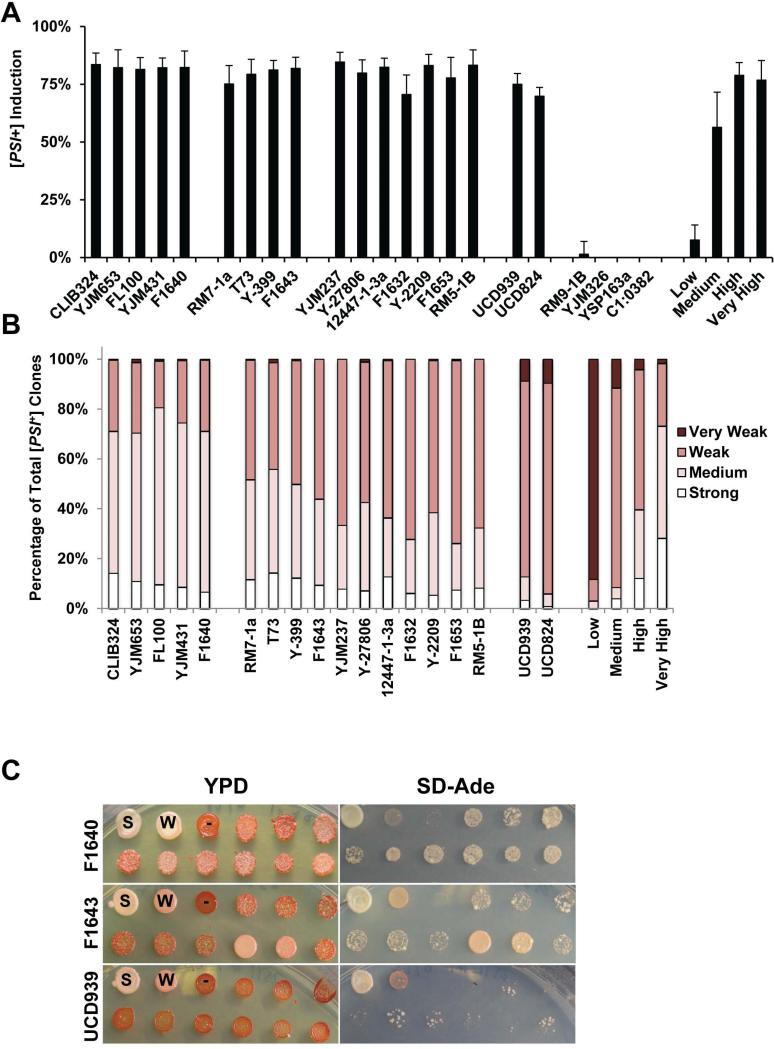Figure 2. [RNQ+] prions from wild yeast induce [PSI+] at levels similar to a previously-characterized high [RNQ+] variant.
A. For each wild strain donor, Sup35 was O.E. in two different 74-D694 [RNQ+] cytoductants to induce [PSI+]. Colonies were scored as [PSI+] as detailed in Materials and Methods. Experiments were repeated at least three times and at least 300 colonies were scored for each clone, per experiment. Four wild [rnq−] control cytoductant strains, which lacked Rnq1 aggregates by SDD-AGE (Supplemental Figure 2), never induced [PSI+], indicating that the cytoduction protocol did not readily generate spontaneous [RNQ+]. B. [PSI+] colonies were isolated and re-grown on YPD, SD-Ade, and YPD + 3mM GdnHCl solid media, for verification and scoring of [PSI+] variants. Between 200 and 600 [PSI+] colonies from 3 separate experiments were isolated for each wild strain donor and scored for the strength of the [PSI+] variant. C. Example spotting plates of yeast with one representative strain from each of the three groups. Controls are the first three spots of the top row: strong [PSI+] (S), weak [PSI+] (W) and [psi−] (-).

